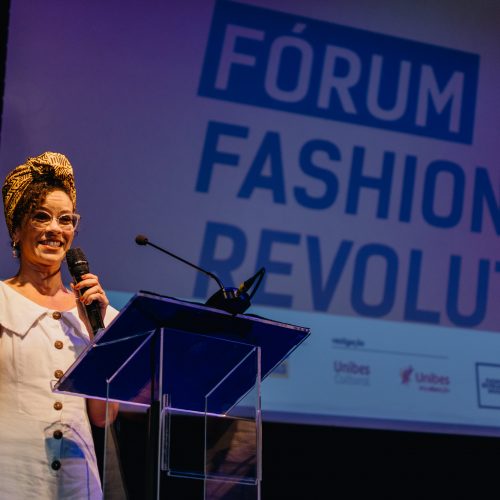Ellen MacArthur Foundation Circular Design For Fashion Book
With more than 80 contributors, the Ellen MacArthur Foundation’s Circular Design for Fashion book teaches readers the importance of the ethos ‘Eliminate, Circulate, Regenerate’. We got to hear from a few of the book's contributors on their circular businesses, along with finding out more about the book itself and the concept behind it at the Circular Design for Fashion book launch. Find out more about circular design and what this book has to offer here!
To receive the Luxiders newsletter, sign up here.
With insights from voices throughout the fashion world, the Ellen MacArthur Foundation presents the Circular Design for Fashion book. The book acknowledges the damage the fashion industry has caused to the planet, and suggests ways that creatives can solve this by implementing circularity in their businesses. It seeks to tackle misconceptions made about circular fashion, and foreground the ways in which the fashion industry can go from being part of the problem to part of the solution. Containing examples of how circularity can work in practice, contributors range from high-street stores and independent brands, to rental companies and virtual fashion experts. The system of circularity in fashion intends to tackle climate change and loss of biodiversity by limiting waste and use of virgin resources.
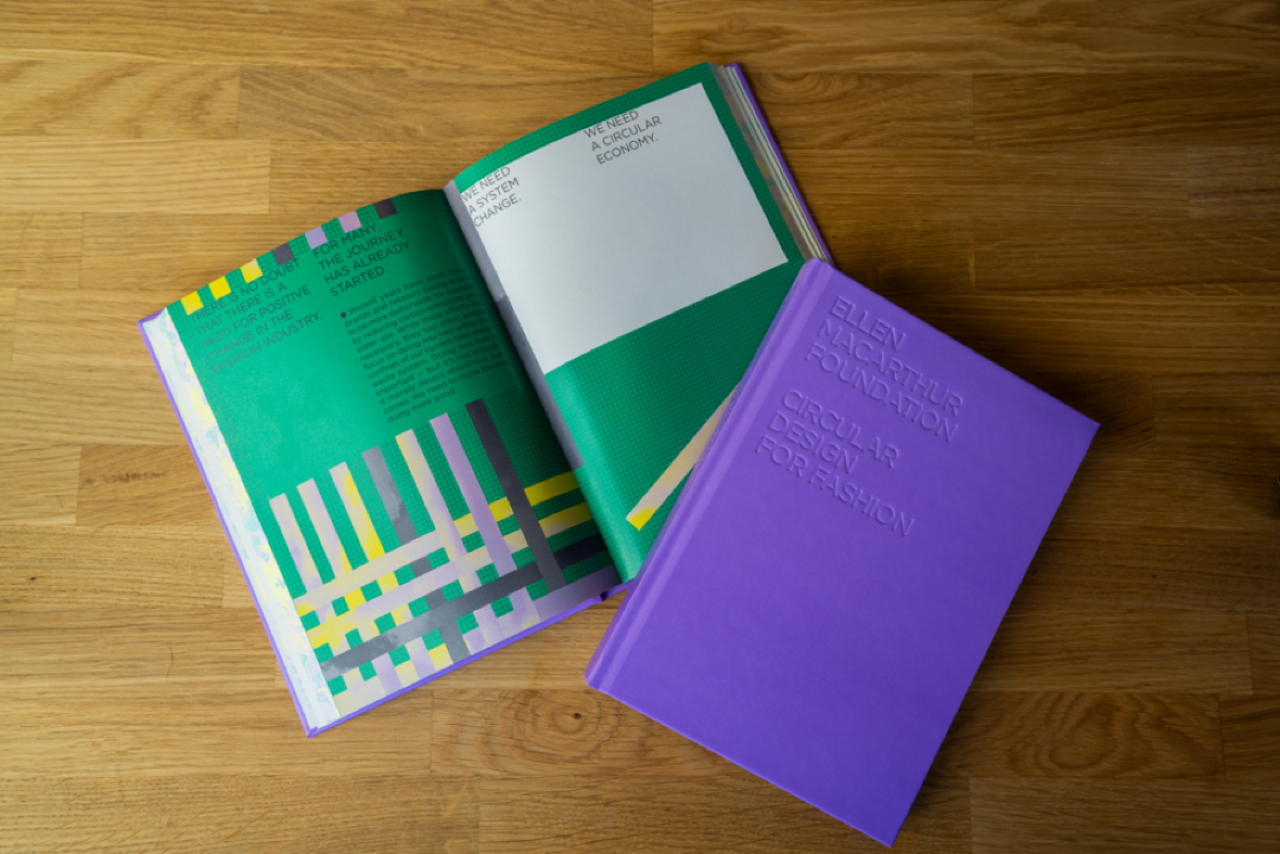
“The circular economy offers exciting business opportunities whilst having a positive effect on the planet. The fashion industry needs to embrace it.” Stella McCartney
WHAT'S INSIDE?
It is made clear from the start that this book is about designing new systems. In talking about the common myths and misconceptions, Kevin Germanier, Founder of Germanier says ‘The biggest misconception about sustainability and circular design is that they are trends’. The book calls for a redesigning of our current linear economic system, as many brands are focused ‘on doing less bad within the confines of our current take-make-waste system’. This is not enough to fix the problem.
Readers will not be left wondering why systemic change is needed, as information on the damage the current system causes is abundant. ‘Every year the fashion industry is responsible for more greenhouse gas emissions than all international flights and container ships combined’, it tells. The book shares helpful principles in which to follow when designing. It outlines ways to eliminate waste and pollution, circulate products and materials, and regenerate nature. For example, when pondering the need to remake clothes, the book highlights the fact that ‘currently, 87% of clothing is landfilled or incinerated after its final use’.
It also informs readers on what needs to change - swapping conventional farming for regenerative farming and increasing crop diversity are just two examples. The book lays out how to get started with a 4 phase circular design process, but is also refreshingly transparent about what is wrong with the fashion industry and what needs to change.
We particularly love the layout of this book, and the abundance of information it contains. We appreciate the input from brands throughout the fashion world, and the creative way the book itself is designed and structured. It is sure to inspire any reader looking to learn more about circularity in design, or creatives seeking guidance on forming a truly sustainable brand. It is nothing short of colourful, insightful, and informative.
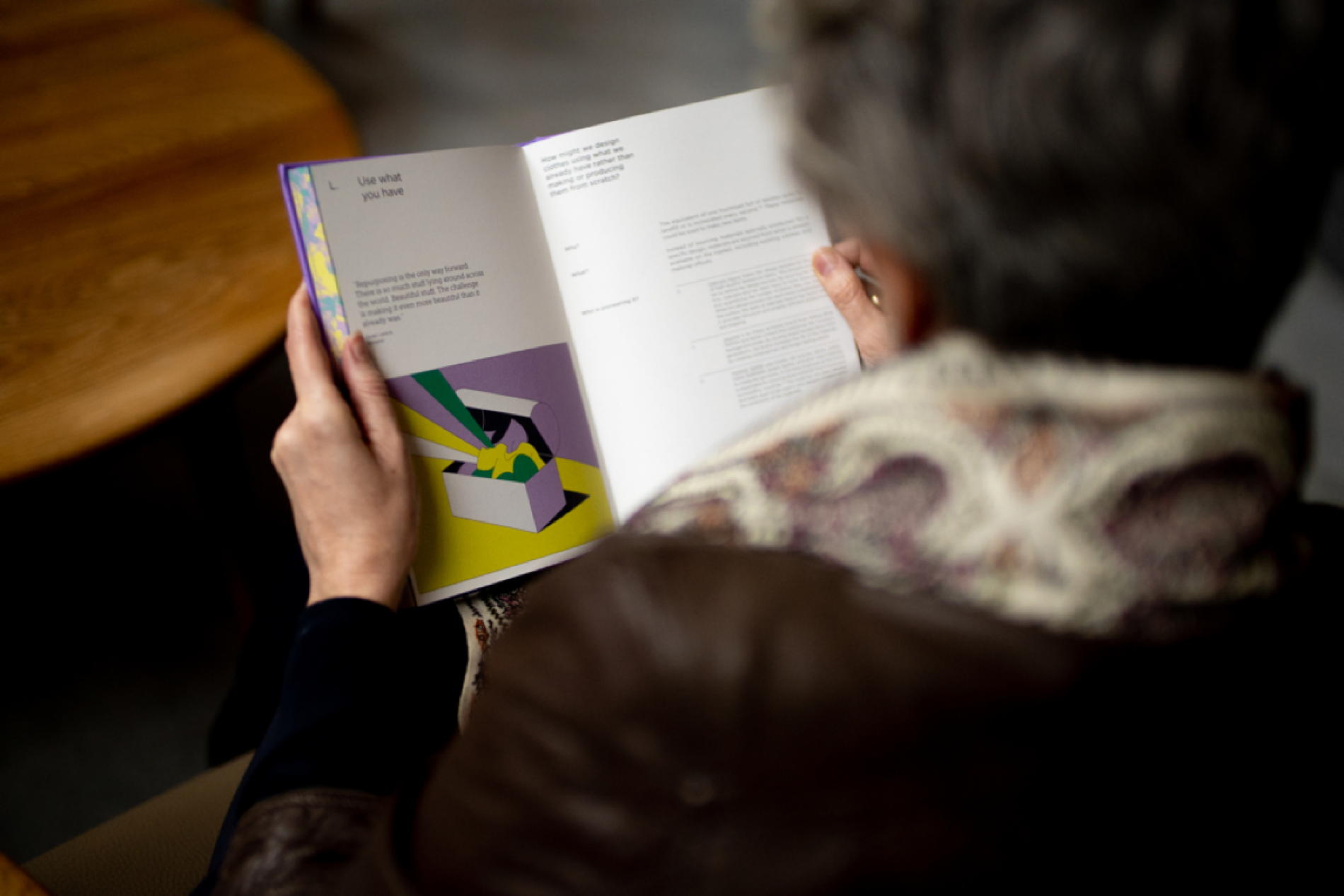
Lorna Hall, Director of Fashion Intelligence, WGSN
Sharing their expertise on circularity at the book launch were three contributors - Nkwo Onwuka, Vanessa Jacobs, and Christopher Raeburn. We introduce their insights to the book and their circular fashion businesses.
NKWO ONWUKA
Nkwo Onwuka is the founder of Nkwo. She is inspired by Africa, and rescues recycled fabric that would have otherwise ended up in landfill. She then upcycles the denim she finds and makes her new innovative fabric ‘Dakala Cloth’. Onwuka emphasises the importance of keeping skills African artisans have developed alive through her brand, teaching these skills to disadvantaged women. At the same time, she is making use of garments previously regarded as waste to form her collections. Circularity is possible by reworking old fabrics to make them into new ones.
VANESSA JACOBS
Vanessa Jacobs is a co-founder of The Restory. The Restory is an aftercare company dedicated to repairing and restoring garments. With an increasing awareness of the disproportionate impact fashion has on climate problems, Jacobs encourages physical and emotional durability of clothes. She invites consumers to fall in love with their favourites again. Of course, circularity is at the heart of the business. The Restory facilitates a circular economy in fashion, and is the official aftercare provider for Selfridges, Harrods, and more.
CHRISTOPHER RAEBURN
Christopher Raeburn is the creative director at RÆBURN and Global Creative Director at Timberland. He shares that he started his company RÆBURN by accident, after making one military parachute into a handful of garments in 2009. Raeburn draws attention to the amazing resources we already have, and explains that they can be made into new clothes. In his experience, he found military jackets being sold for £1 and was able to make them into renewed fashionable pieces. Circularity can be low cost, high fashion, and sustainable.
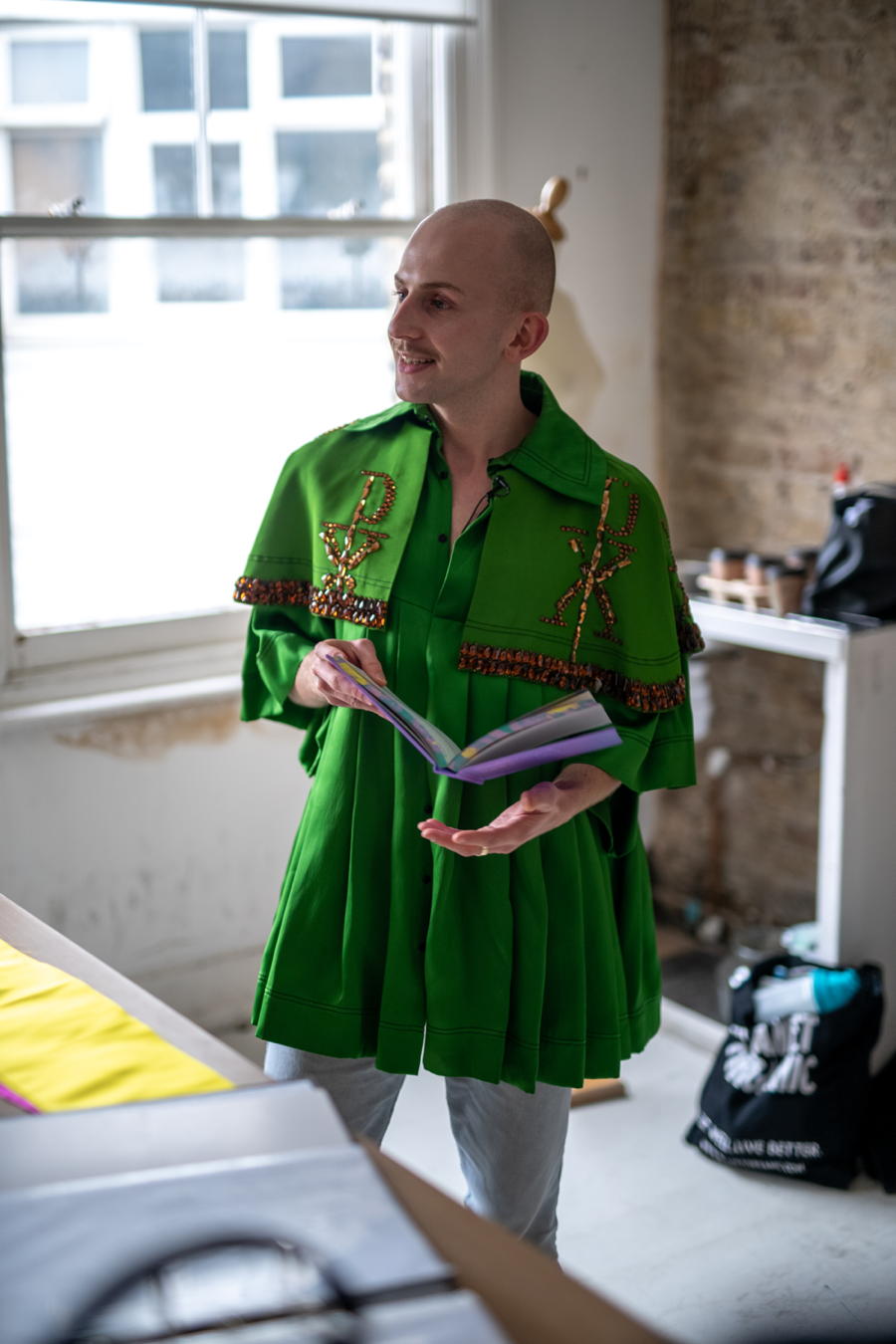
Patrick McDowell, Designer
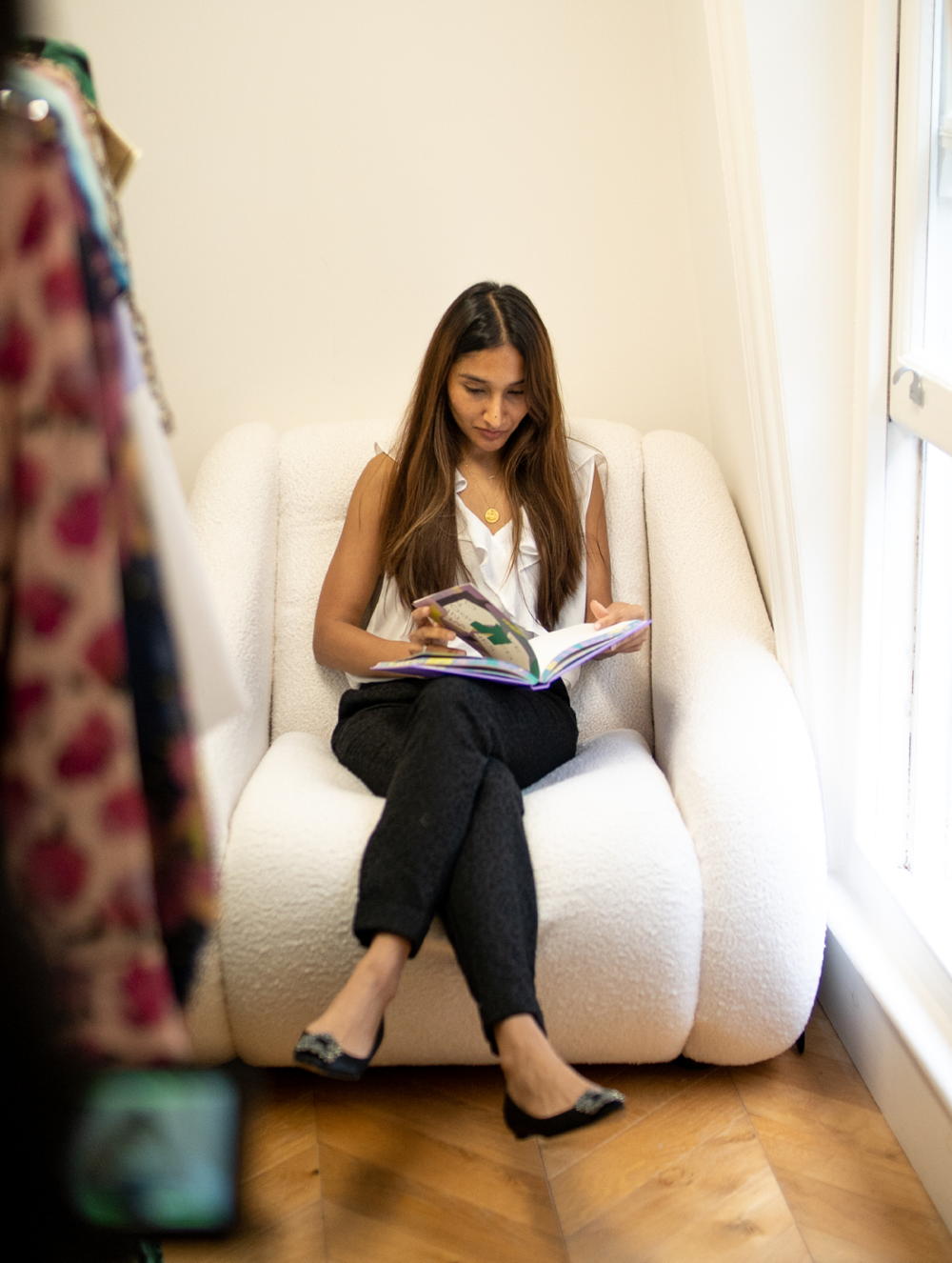
Eshita Kabra-Davies, Founder, By Rotation
“I think that everyone who is thinking of creating new clothes needs to reconsider what new actually means. For us, new is an experience. It’s sharing what you already own with each other. Really think about what’s going to happen to the lifecycle of the garment.” Eshita Kabra-Davies, Founder, By Rotation
THE ELLEN MACARTHUR FOUNDATION
The Ellen MacArthur Foundation is an international charity dedicated to promoting and developing the circular economy. The Fashion Initiative, which focuses this circularity on the fashion industry, was launched in 2017 as ‘Make Fashion Circular’. The Ellen MacArthur Foundation works towards developing circular solutions, and exploring opportunities to collaborate and implement these solutions. They currently have an ever-growing global network of institutions, policymakers, and businesses that aid in mobilising their solutions.
To find out more about circularity in fashion, click here.
“Every year the fashion industry produces more and more clothing that is worn less and less. This wasteful and polluting way of doing business is fuelling climate change and biodiversity loss and cannot continue in the long term. But, as this book shows, circular design gives us an incredible opportunity to change that, and build a thriving fashion industry where waste and pollution are eliminated, products and materials are circulated, and nature is regenerated.” Elodie Rousselot, Circular Design Programme Manager at the Ellen MacArthur Foundation
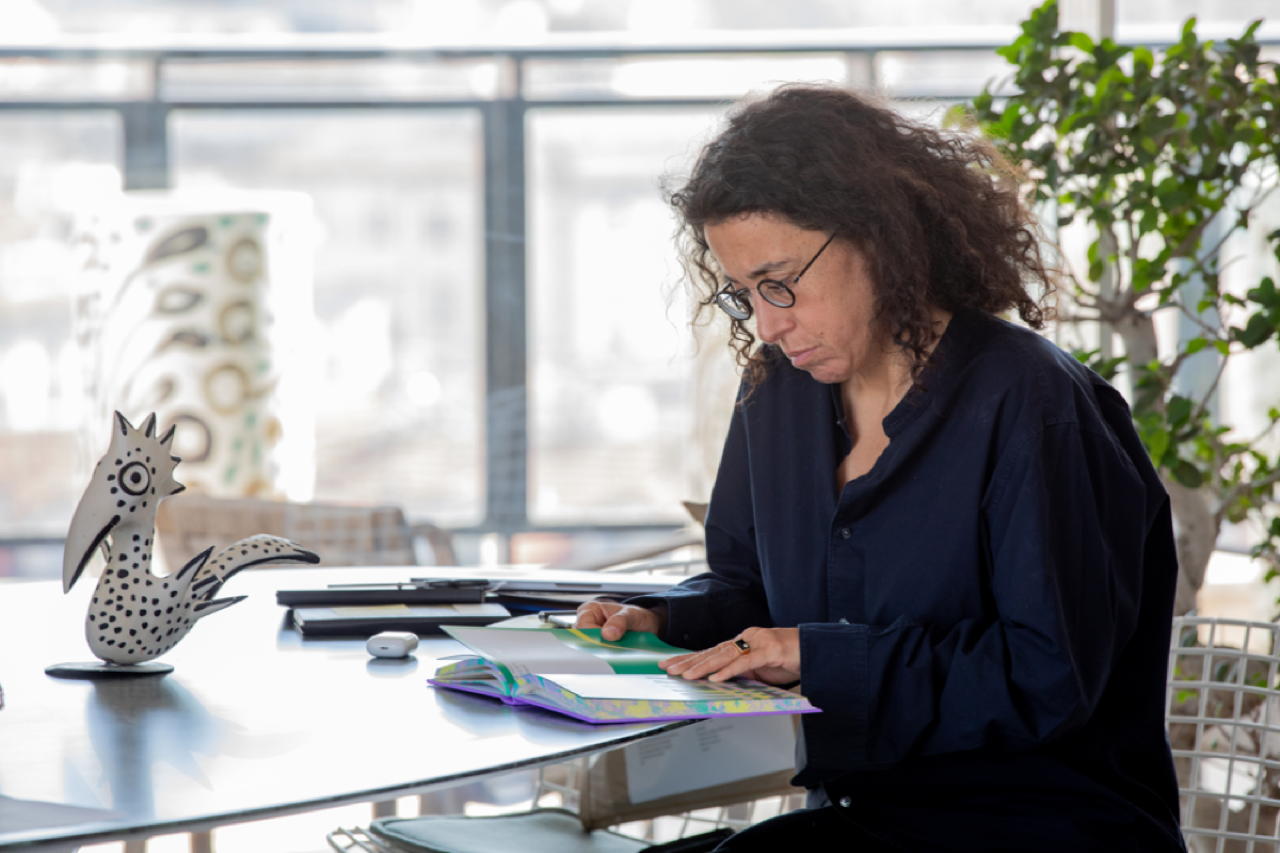
Sara Sozzani Maino, Head of Vogue Talents
+ Words:
Emma Dahl,
Luxiders Magazine

